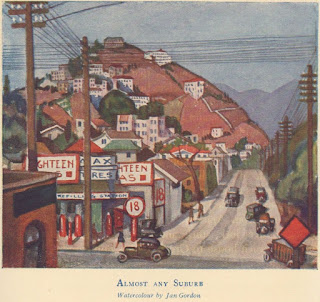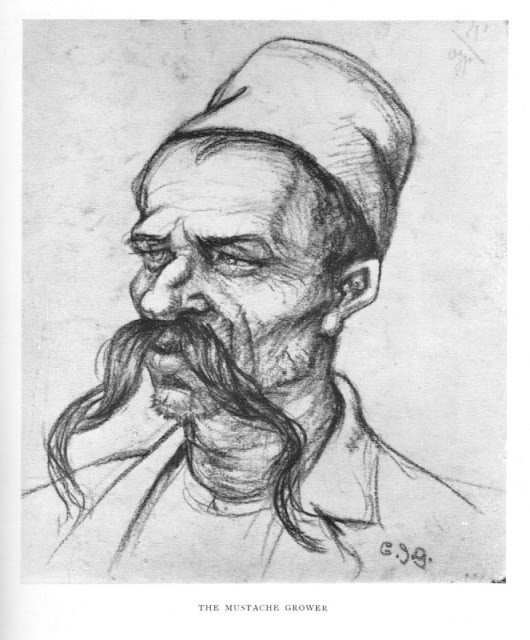Jan and Cora Gordon, 1928: Salesmanship in California

I smiled last Saturday as we found ourselves taking part in an earnest time-share sales presentation in San Diego, experiencing some insistent and misleading salesmanship, quite alien in style and content to anything a Brit would have come across at home. This prompted a recollection of the encounter between Jan and Cora Gordon and California real estate salesmen in 1928 recorded in " Star-dust in Hollywood ". The similarities are astonishing. ".. every real estate firm, in an agony of cut-throat competition, was trying to catch every 'tourist' as he arrived with his savings, to induce him if possible to invest his money in land before he could discover the real conditions. All along the streets near the centre of the town large rubber-neck wagons waited to abduct the wandering visitor. Young and often charming women pounced upon one from doors, waving prospectuses and promising free drives, free lunches and the rest ." Cora Gordon " was willing...





